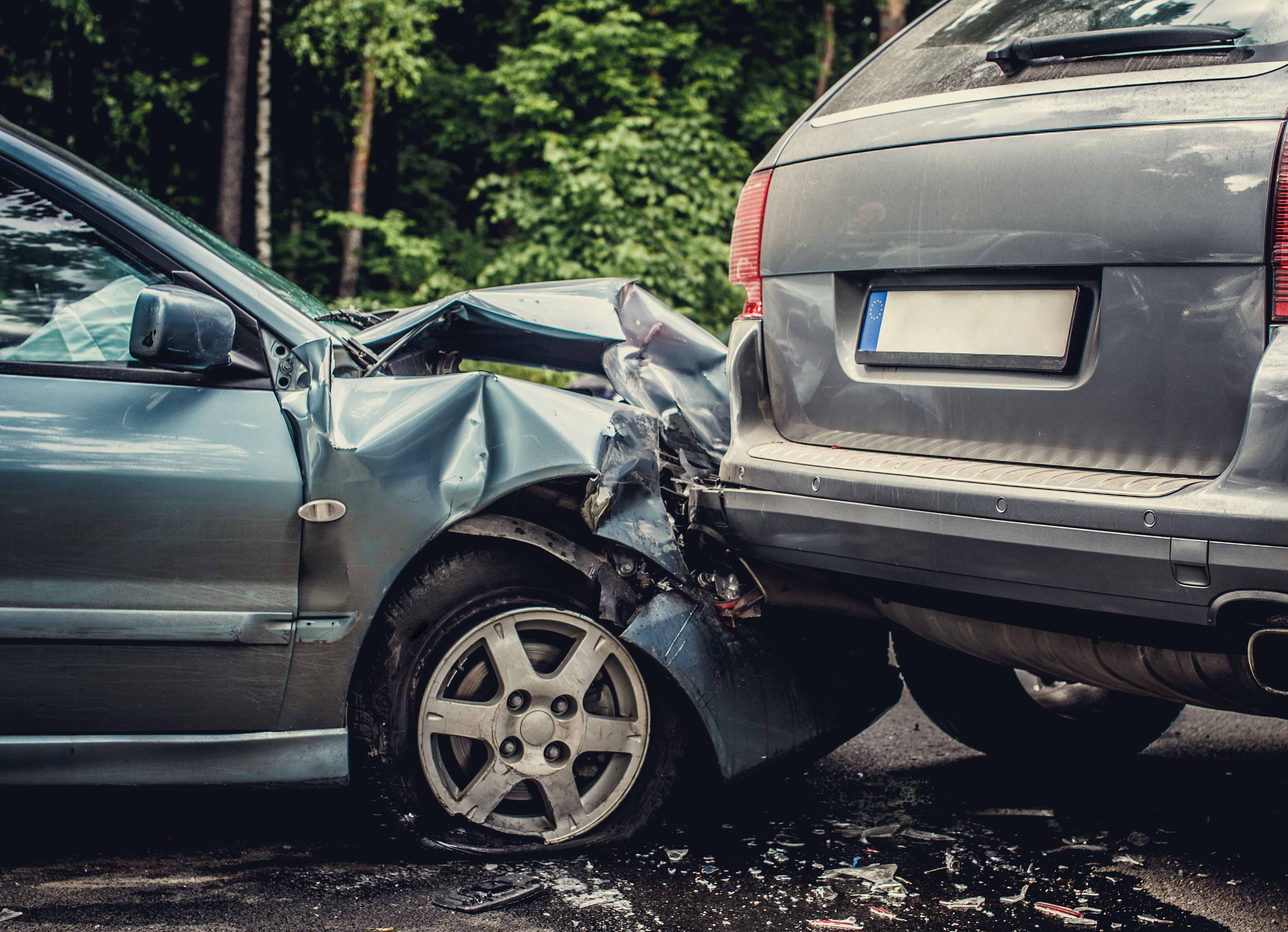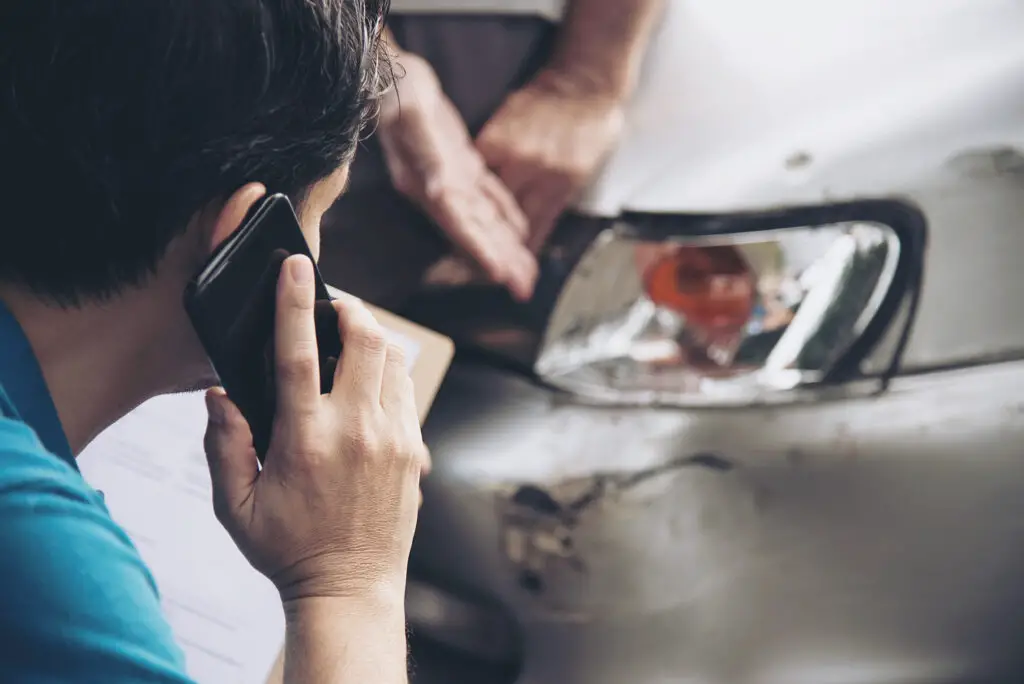Related Posts
When crashes occur, it can be difficult to determine vehicle accident liability. This viral video reveals footage of the controversial incident. Which driver do you think is at fault?
The Viral Video Footage
The video shows a silver Prius turning right onto a multi-lane road. Suddenly, a black BMW comes behind the Prius at an accelerated speed. It crashes into the Prius and turns over on its side.
A viewer may first assume that BMW is to blame. It seems to be speeding, and it hits the Prius from behind. Rear-end accidents are almost always the fault of the rear driver.
However, if you examine the footage more closely, you will notice that the Prius turns into the far-left lane of the road. Vehicles should always turn into the nearest lane and make their way across. Instead of doing that, this driver cut across lanes, causing them to hold vehicle accident liability.
Vehicle Accident Liability in a Rear-End Accident
A rear-end accident is almost always the fault of the driver in the back. However, there are exceptions to the rules as follows.
- Sudden Turn in Front of a Vehicle: If a driver in front of you suddenly cuts you off, it may be impossible to prevent a crash.
- Dangerous Merge Into Traffic: The driver in front may merge onto a busy highway, causing an inevitable collision.
- Intoxicated or Distracted Driving: If the driver in front is driving distracted or intoxicated, the rear driver may not be at fault for the accident.
- The Front Driver Backs Into You: These accidents often happen in parking lots. A person backing out may fail to look for vehicles passing behind them and may reverse into another car.
- Defective Parts: The lead driver may be dealing with an issue like failed brake lights or turn signals. These circumstances may make the back driver unaware that the car is slowing down, and they may accidentally hit the vehicle in front.
In this accident, two rules apply. The car in front made a dangerous merge into traffic. You may also say they suddenly turned in front of the BMW. However, that would depend on the speed limit.
Was the BMW Speeding?
The Prius driver is mostly at fault for the accident. However, the driver in the back could be partially at fault if they were speeding. It’s impossible to tell if they were speeding as we can’t be sure how fast the car was going or the local speed limit.
Law enforcement may review the video to determine if they were speeding. If they find the driver was over the speed limit, it could affect the case outcome.
Partial Fault and Vehicle Accident Liability
States using pure comparative negligence consider partial fault when determining vehicle accident liability. The judge decides how much fault each driver bears for the accident, affecting the damages awarded.

For example, in this accident, let’s say the judge determines the Prius driver was 70% at fault for the illegal merge, and the BMW was 30% at fault for speeding. Total damages are $100,000.
The BMW driver would only be owed $70,000 in damages instead of the total $100,000, considering their liability in the accident.
Partial Fault Laws Vary By State
However, the driver’s ability to gain compensation would depend on the laws that apply. For example, if the accident occurred in a state with modified comparative negligence, the injured driver would only be eligible for compensation if they were less than 50% or 51% responsible for the accident (the percentage varies by state).
If the accident occurred in a contributory negligence state, neither driver would be compensated because they both own vehicle accident liability.

